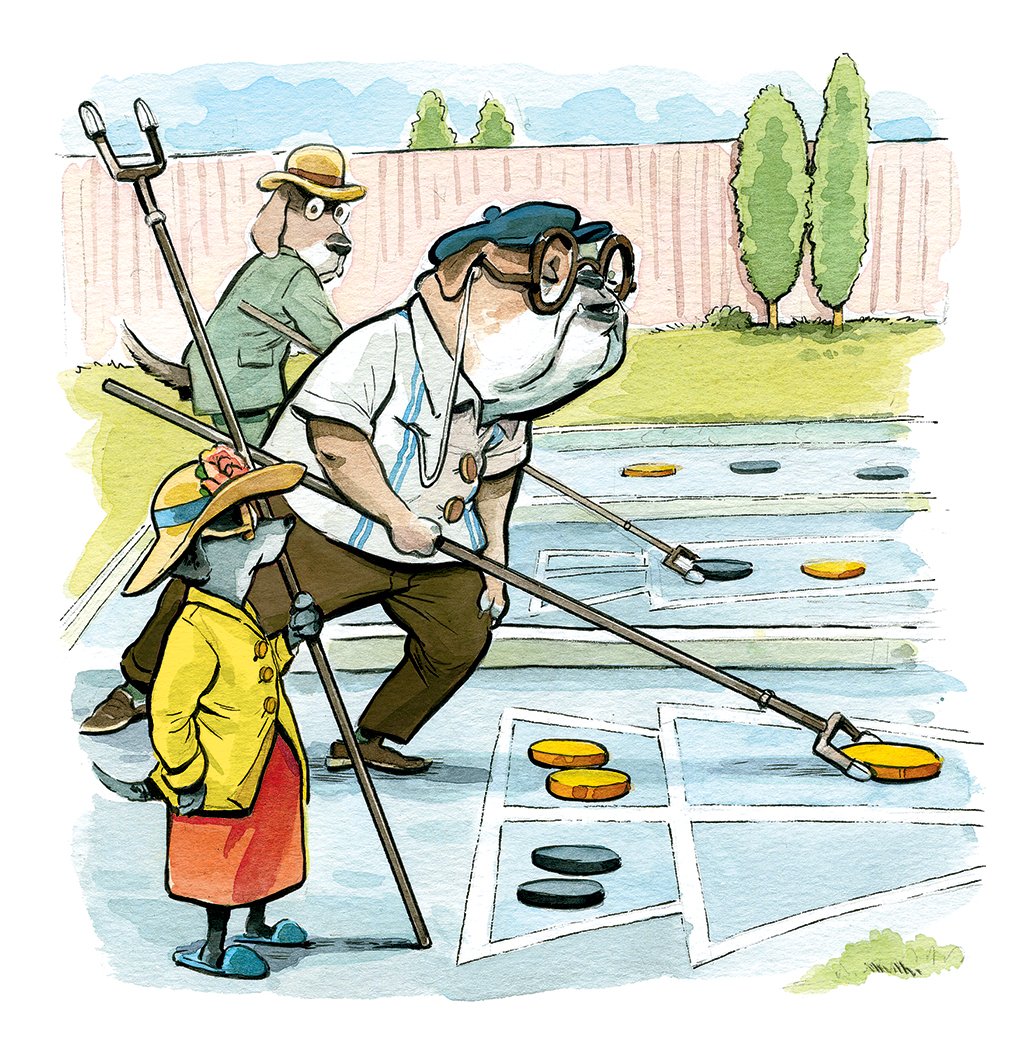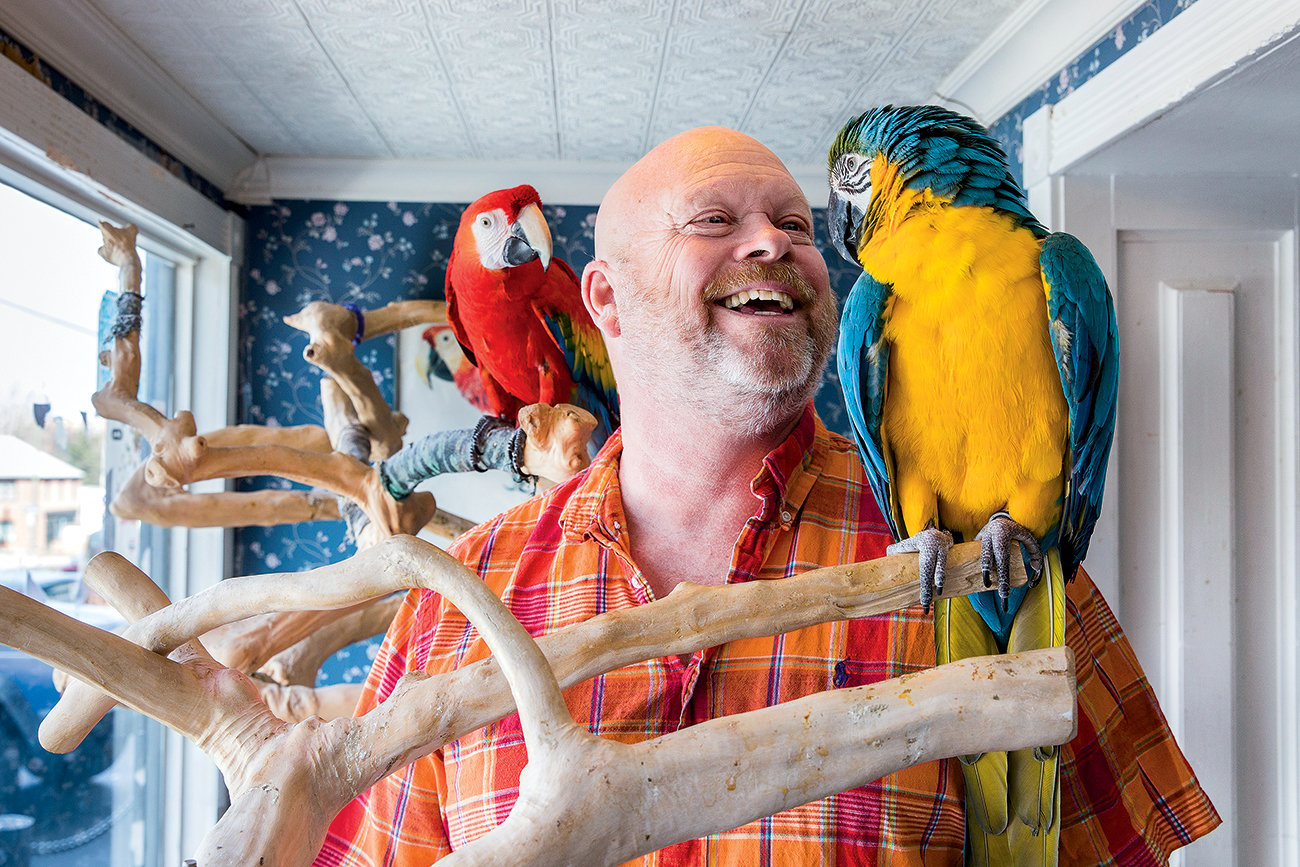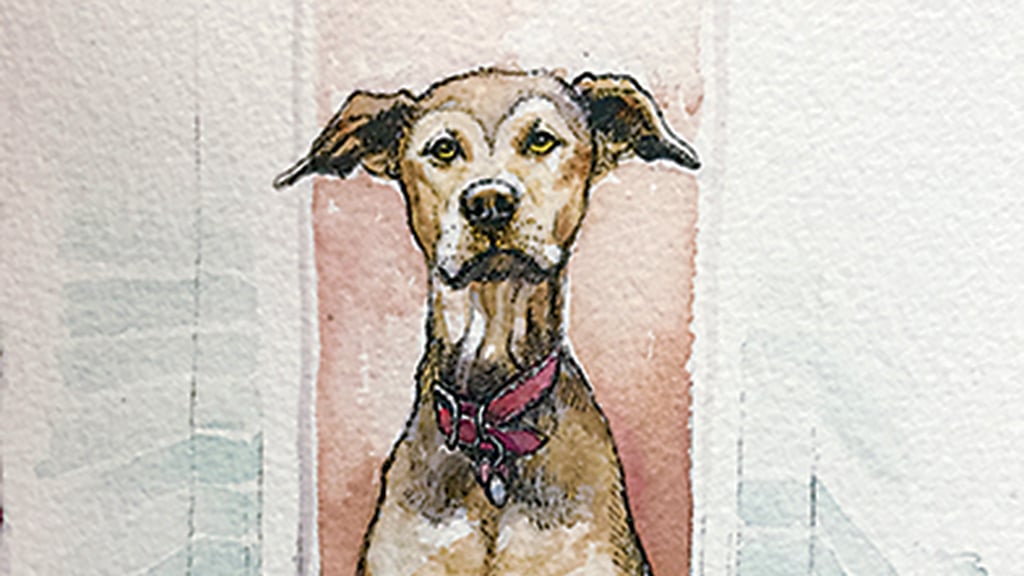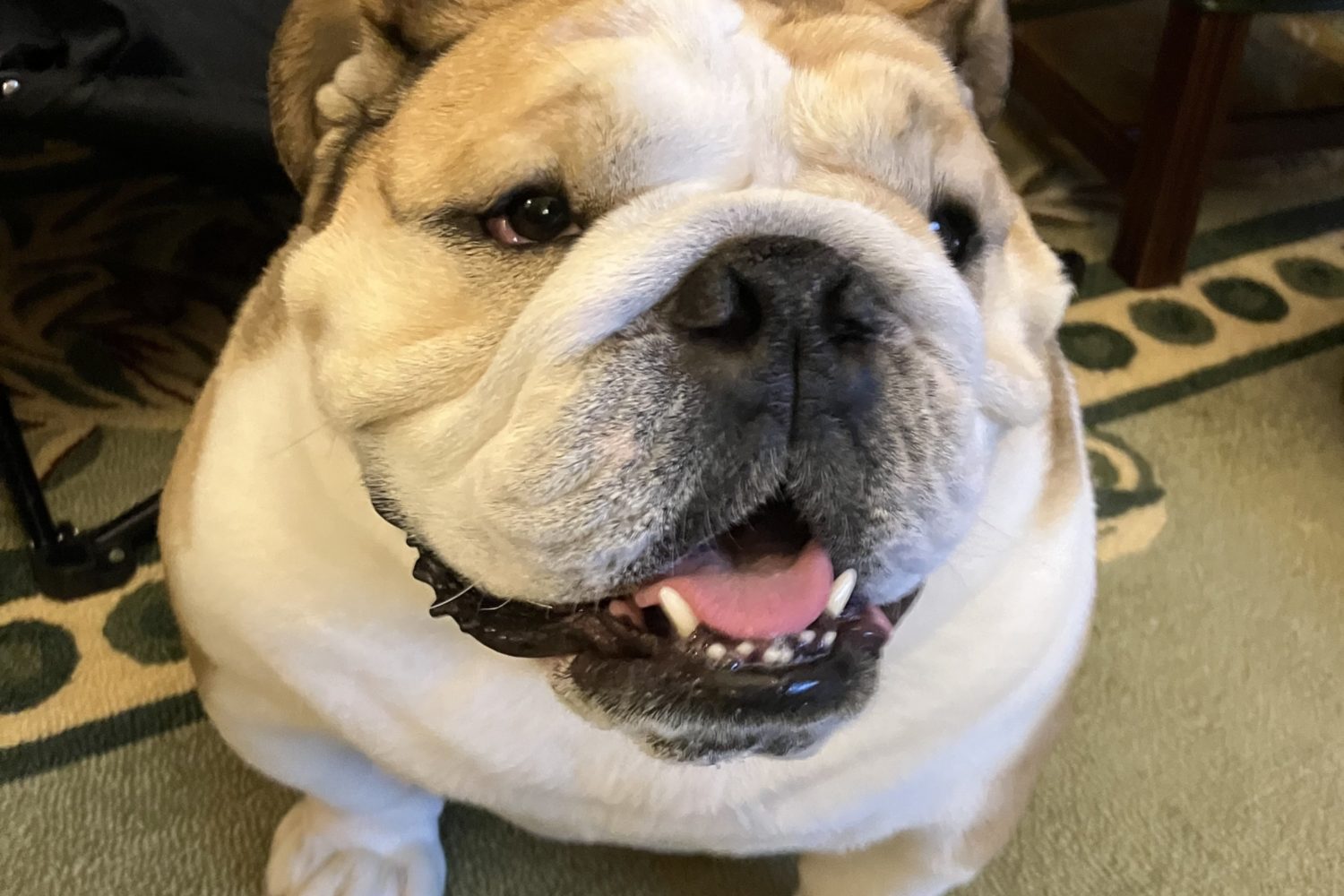Frankie was 13 when Angela Kissel had to start pulling the pit bull around her Capitol Hill neighborhood in a red wagon. He died in August, just shy of 14. Even more impressive: Kissel’s previous pit-mix, Reese, had lived to 15. Compare those animals with Sandy, the cocker spaniel she had in the ’90s who was euthanized at seven. “When she started having seizures, it just seemed like there were no options,” says Kissel. “That wouldn’t be the case anymore.”
Between advances in veterinary medicine and general improvements in how we care for our animals, it follows that pets are living longer. Kissel, for instance, switched Frankie to a vegan, grain-free diet as he aged—easier on his system, she says. Anecdotally, local vets say in the last decade they’ve treated a growing number of dogs in their late teens and cats in their twenties. This is happy news, but it also means pet ownership has gotten more complicated.
Researchers are just starting to dig into what might prolong pets’ lives. Kate Creevy, formerly a vet in DC, now works out of Texas A&M as chief veterinarian on the Dog Aging Project. By aggregating data from vets around the country, the research collective aims to determine the average canine life span—a stat that can currently only be guessed at—as well as what’s working to keep animals healthier longer.
The group is also studying rapamycin, a drug that could keep age-related disease at bay. Dogs treated with it showed improved heart function and higher energy. Based on early trials with mice, Creevy estimates that her team’s eventual findings could add two to five healthy years to a dog’s life.
Animal-welfare groups are anticipating the effects of such breakthroughs on shelter populations. Senior pets are a harder sell than puppies and kittens, and already a common reason they’re turned in is that their owners can’t handle the expense or extra work of caring for them.
Inga Fricke, director of retention programs at the Humane Society of the United States, says as animals live even longer, their owners’ veterinarians and friends will have to step up to help more: “The community as a whole really needs to rally around people so that they can keep their pets.”
As a shelter volunteer for decades, Val Lynch saw a growing need to house elderly dogs. So in 2016, he opened the Senior Dog Sanctuary of Maryland, in Anne Arundel County. Its 23 spots have remained full ever since. Though aging animals face tougher odds, Lynch is hopeful that as the population of senior dogs grows, more people will get a chance to recognize that their calmer, often more obedient temperaments can make them preferable to puppies.
In veterinary offices, conversations about keeping aging pets alive have gotten harder, simply because there are so many more options. Kieran Mara, chief operating officer at DC’s Friendship Hospital for Animals, says as long as a pet remains relatively comfortable, his staff generally supports taking measures to prolong its life. At the same time, they have to walk a fine line of letting owners know what’s medically available while reassuring them that choosing to stop treatment is an acceptable choice, too.
When it comes to making end-of-life decisions, Nora Glaser, a veterinarian with the DC and Northern Virginia chapter of the pet hospice service Lap of Love, recommends that owners try “listening” to pets. “You have to really look at the animal as a whole,” she says. “The day [my Lab mix] Macon doesn’t want to go chase a ball is the day I know his quality of life is shot. But my other dog doesn’t care about the ball. For him, I’m going to have to look to different signs.”
Angela Kissel knew it was time to let Frankie go when a brain tumor started causing seizures. “Frankie was the definition of an old man,” she says. “His grumpiness was the cutest thing.” Recently, she adopted another pit bull. Rosie is seven, and Kissel expects they’ll share many years to come.
This article appears in the December 2017 issue of Washingtonian.
















